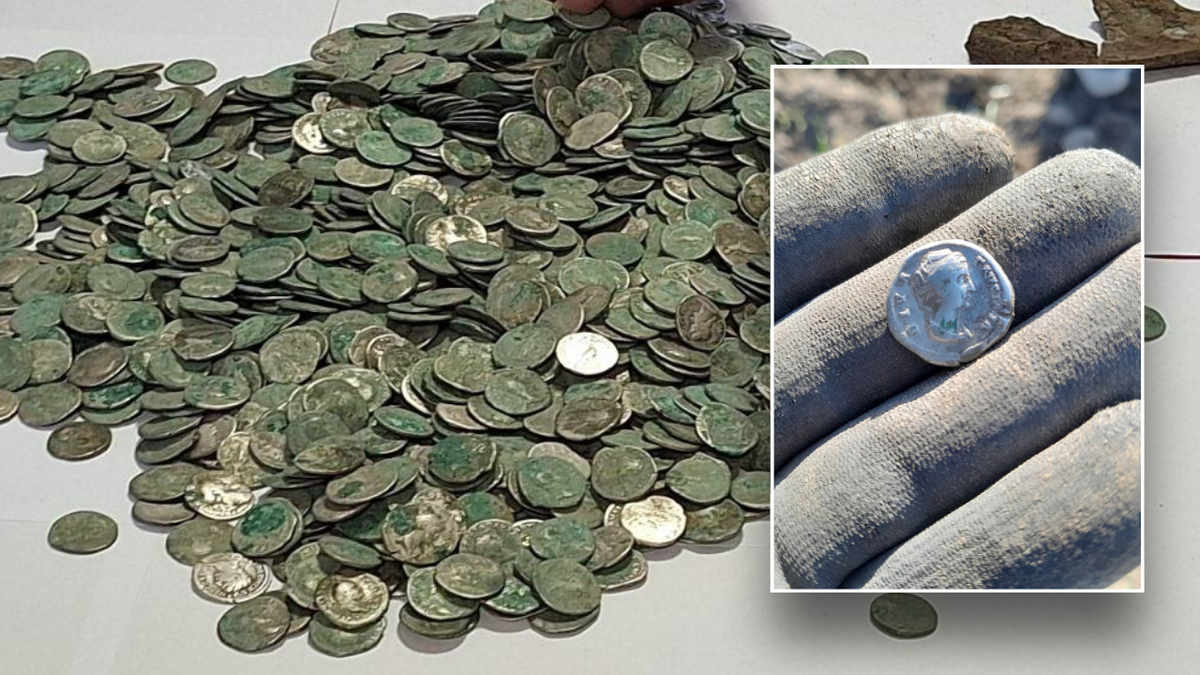In the verdant landscapes of central Germany, the town of Bad Dürrenberg harbors an ancient secret, revealing a glimpse into the spiritual and cultural practices of early European societies. Here, nestled among the relics of the past, lie the remains of a woman whose burial has captivated archaeologists and historians alike. This woman, aged between 25 and 35 at the time of her death, was interred some 8600 to 9000 years ago. Her burial site, marked by an extraordinary headdress made from the bones and teeth of various animals, provides compelling evidence of her status and the spiritual beliefs of her community.
Discovery and Excavation
The grave was uncovered in the 1950s during routine construction work, a find that soon attracted the attention of archaeologists. Upon closer inspection, it became clear that this was no ordinary burial. The remains were positioned in a carefully arranged grave, accompanied by artifacts that hinted at the significance of the individual buried there. The presence of the headdress, in particular, suggested that the woman held a special role within her society.
The Headdress: A Symbol of Power and Spirituality
The headdress discovered with the shaman is a masterpiece of Mesolithic craftsmanship, made from the bones and teeth of various animals, including deer, wild boar, crane, and turtle. Each element of the headdress was likely chosen for its symbolic value, reflecting the shaman's connection to the natural world and the spiritual realm.
Deer Bones and Teeth: Deer were often associated with fertility and renewal, given their prominence in hunting societies and their seasonal antler shedding.
Wild Boar Tusks: Wild boars were symbols of strength and courage, attributes likely revered in a shaman who might have been responsible for guiding and protecting the community.
Crane Bones: Cranes were often seen as messengers between the earthly and spiritual realms, symbolizing communication and transition.
Turtle Shells: Turtles were symbols of longevity and stability, perhaps indicating the shaman's role in maintaining the continuity and well-being of her people.
The Role of a Shaman
Shamans were central figures in Mesolithic societies, serving as intermediaries between the physical world and the spiritual realm. They were believed to possess the ability to communicate with spirits, heal the sick, and guide souls. The intricate headdress and the care taken in her burial suggest that the shaman of Bad Dürrenberg was a revered figure, likely involved in important rituals and community decisions.
Insights into Mesolithic Life
The burial of the shaman provides valuable insights into the cultural and spiritual life of Mesolithic communities in what is now Germany. The elaborate nature of the burial indicates a society with complex social structures and spiritual beliefs. It also underscores the importance of nature and animals in their worldview, as evidenced by the choice of materials for the headdress.
Preservation and Study
The remains and artifacts from the Bad Dürrenberg site are preserved and studied by archaeologists to understand better the nuances of Mesolithic life. Advances in technology, such as DNA analysis and isotope studies, have the potential to reveal more about the shaman's origins, diet, health, and even her potential role within the larger migratory patterns of early human societies.
The shaman of Bad Dürrenberg offers a fascinating glimpse into a world long past, highlighting the spiritual richness and social complexity of Mesolithic Europe. Her burial, marked by an extraordinary headdress crafted from animal bones and teeth, speaks to the reverence with which she was regarded and the intricate web of beliefs that shaped her community. As research continues, this remarkable find promises to deepen our understanding of the lives and spiritual practices of our ancient ancestors.










